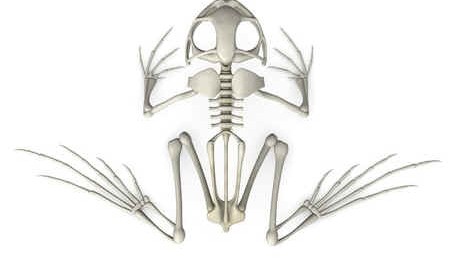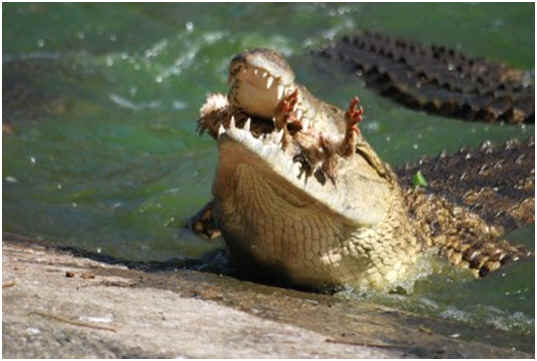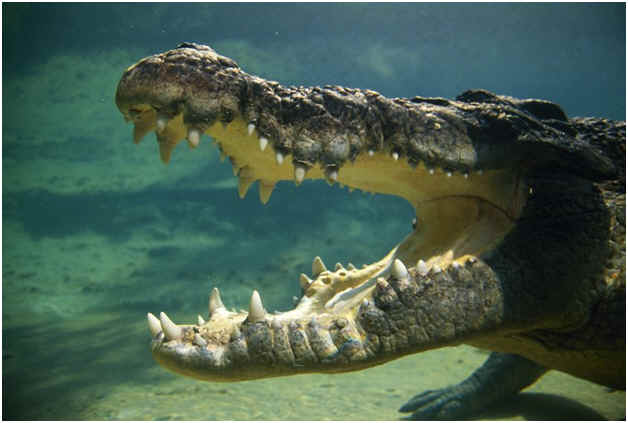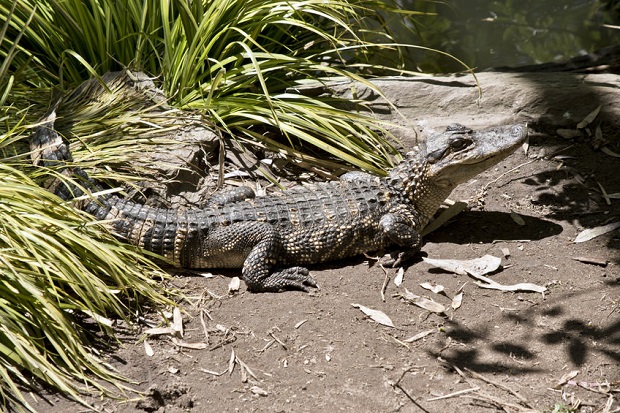
Do Frogs Have Bones?
Frogs have bones, which are used mainly for jumping. Over the evolution of an estimated 200 million years, their basic bone structure has not changed much, if at all. This is due to a good balance that was achieved between frogs’ bone structure and the functions their bones must execute to allow them to survive successfully.
The Bones Of Frogs Have Evolved
Bones known as tarsals, tibia, and fibula have become integrated through the evolution of frogs into a single larger bone that is strong enough to support their weight when they jump. Likewise, other bones in the frog’s front limbs have joined together. These bones, known as the ulna and radius, also came together to allow them to land more easily. Frogs have to be able to move fast compared to other amphibians. They also need to be able to catch their prey effectively and avoid their predators.
Frog Skeletons Observed By Science
Over years of observation by scientists, it was found that frogs have a vertebrae structure, like all other amphibians. They only have about nine vertebrae today, compared to centuries ago when they had about 14 vertebrae. Their backbones are softer to allow them to avoid breaking their bones when they jump. Humans, in comparison, have 24 vertebrae. Frog bones and skull skeletal remains have gone through extensive analysis to glean information on their early bone structure, so the data collected can be compared to frogs that exist today.
The Way Frogs Legs And Feet Are Formed Varies
Scientists have found that different species of frogs have different structures in the bones of their legs and feet. These differences came about because of what the frog’s legs must be used for and the climate and environment they are living in. Adaptations in bone structure have occurred over time, according to whether they live in water, in trees, on the ground, or below the ground in underground shelters.
Early Frogs Had Jaws with No Teeth
Frogs belong to a group known as anurans. Their lineage dates back to times as early as the Jurassic period. Skeletal remains discovered that belonged to frogs that lived during these times provided interesting information to scientists. When the frog skulls were examined, frogs appeared to have a lower jaw with no teeth.
Interesting Tail Vertebrae In Frogs
Amphibians without tails are known to have what’s known as a urostyle. This bony structure is fused to the last of the frog’s vertebrae. In frogs, it is located inside the pelvis.
Resources
The Visual Dictionary
Skeleton Of A Frog –
http://www.infovisual.info/02/028_en.html
QFak.com
Bones in toes and fingers
http://m.qfak.com/education_reference/science_mathematics/?id=2195645
Academy of Sciences
Detailed Information on frogs bone structure and skulls
http://rocek.gli.cas.cz/Reprints/AmphBiol3.pdf
The Free Dictionary
Tailless quality of amphibians –





